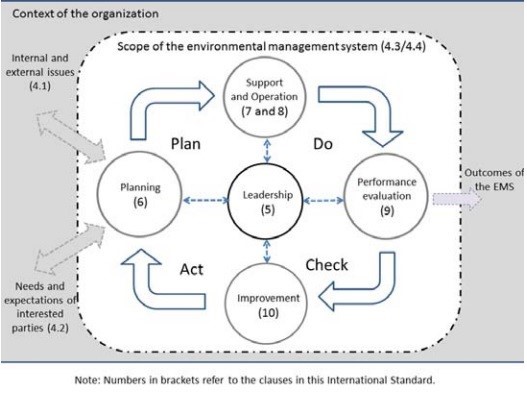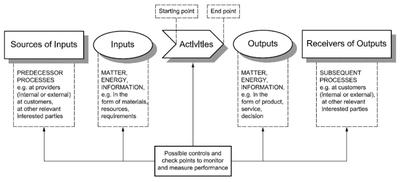We have had the new version of ISO 9001 for several months. If you haven’t started with your 3 year transition, why not kick start it with this article.
What's new and what's old in ISO 9001:2015
When you first look at the standard you could be forgiven for thinking there is more. Actually it’s just the clause numbering: ISO 9001:2015 has ten clauses instead of eight. The following table shows the relationship of the ISO 9001:2008 clauses to those in the new ISO 9001:2015.
| ISO 9001:2008 |
ISO 9001:2015 |
0. Introduction
1. Scope
2. Normative reference
3. Terms and definitions
4. Quality management system
5. Management responsibility
6. Resource management
7. Product realisation
8. Measurement, analysis and improvement |
0. Introduction
1. Scope
2. Normative reference
3. Terms and definitions
4. Context of the organisation
5. Leadership
6. Planning
7. Support
8. Operation
9. Performance Evaluation
10. Improvement |
The clauses are arranged according to the PDCA cycle (Plan, Do, Check, Act).
The following figure shows this.

Clauses 4, 5, 6 and 7 of ISO 9001:2015 come under PLAN, clause 8 comes under DO, clause 9 comes under CHECK and clause 10 is covered by ACT.
ISO 9001:2015 has a high level structure (HLS)
As a result of the new arrangement in ten clauses, ISO 9001:2015 now has the same structure as all management systems standards, known as a ‘High Level Structure’ (HLS).
The core elements of ISO 9001, ISO 14001, ISO 22000, OHSAS 18001 soon to be ISO 45001, etc. are therefore all the same from now on. This has made the integration of various management systems much simpler. You should note that ISO 22000 is undergoing revision to bring it in line with this HLS. It should be issued by the end of 2017.

ISO 9001:2015 puts more focus on input and output
There is more emphasis in ISO 9001:2015 on measuring and properly assessing the input and output of processes. This diagram from the standard shows the importance of implementing controls to ensure inputs will meet requirements and confirming the outputs.

Risk based thinking is at the core of ISO 9001:2015
Risk-based thinking has a very important place in ISO 9001:2015. You are now strongly encouraged as an organisation to use risk analysis in order to decide for yourself which challenges you see in the management of your business processes.
The concept of ’risk’ occurs forty-eight times in ISO 9001:2015, compared with only three times in ISO 9001:2008. This makes the introduction of ISO 9001 much simpler for the food industry as we are very familiar with HACCP and know how to apply risk assessment principles – now we extend the scope of the tool.
In Part 2 we discuss the specifics in more detail.
References: ISO 9001:2015






